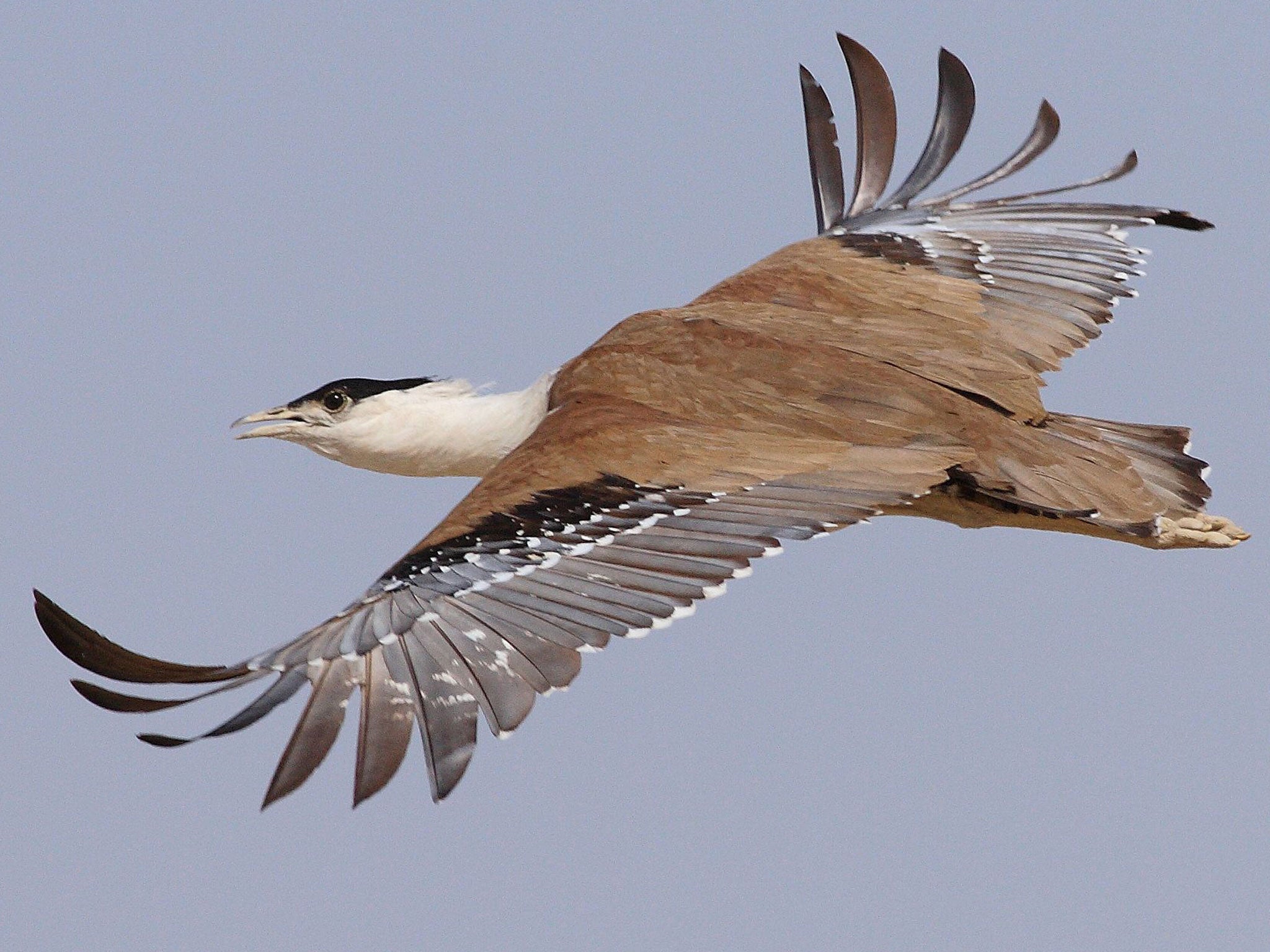Rajasthan launches scheme to save the endangered Great Indian Bustard
Bird has disappeared from 90 per cent of the territory it once occupied

Authorities in the Indian state of Rajasthan are launching a last-ditch battle to try and save an iconic species of bird which may have been reduced to as few as 200 individuals.
The powerful Great Indian Bustard, which has a wing-span of up to eight feet, is one of the heaviest birds that is capable of flight. Several decades ago, officials contemplated making it the national bird of India but opted instead for the peacock.
It is, however, the state bird of Rajasthan. But loss of habitat and a failure to stop illegal poaching has pushed the bird to point where very soon it could exist only as an emblem, a reminder of something that once thrived.
Experts admit it may already be too late to save the bird, which has disappeared from 90 per cent of the territory it once occupied. Reports suggest that in the mid 1980s the population of the bird stood at 1,500.
Officials in Rajasthan, believed to be home to 120 of the remaining birds, recently announced announced plans to spend £1.4m in an attempt to protect the remaining bustards and try and encourage them to breed.
“If we lose this bird it would be the first mega fauna loss since the cheetah,” said Ramki Sreenivasan of Conservation India, a group that has been pushing the authorities to act.
Mr Sreenivasan said the main threat to the bustard was two-fold – the loss of the bird’s traditional habitat and the disturbance of its breeding or “lekking” sites.
Left undisturbed, birds would return to the same site years after year but if the areas were in some way disrupted, they may not mate. In Gujarat, where there is also a population of bustards, the authorities have banned photography of the birds during mating season.
Additional factors are the slow pace at which the bustards breed and the threat from illegal poaching. In Pakistan, where there is also a small threatened population of bustards, the birds are under threat from hunting, which remains legal.
One thing the birds do have on their side is space that has at least theoretically been set aside for wildlife. Rajasthan’s Desert National Park spreads over 1,200 square miles from the border with Pakistan. Mr Sreenivavan said more work was required to stop encroachments in the park.
Another positive thing appears to be the attitude of Rajasthan’s chief minister, Ashok Gehlot, who launched the scheme. At the weekend, Mr Gehlot took a detour during a visit to a power plant near the city of Jaisalmer to visit the birds’ habitat
A wildlife official who accompanied the minister, told The Hindu newspaper that Mr Gehlot was rewarded for his decision. He added: “During the course of an hour-long drive, Mr. Gehlot was able to observe about a dozen bustards, some in courtship display.”
Subscribe to Independent Premium to bookmark this article
Want to bookmark your favourite articles and stories to read or reference later? Start your Independent Premium subscription today.

Join our commenting forum
Join thought-provoking conversations, follow other Independent readers and see their replies